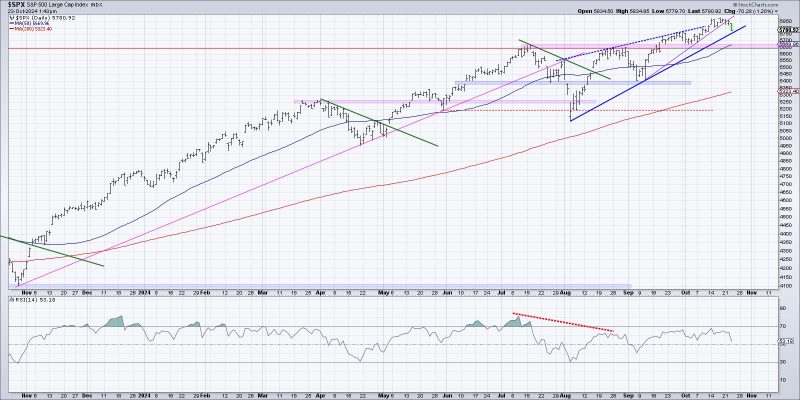Exploring Three Innovative Strategies for Analyzing the Onset of a Potential Distribution Phase
Method 1: Volume Profile Analysis
One effective way to visualize the beginning of a potential distribution phase is by utilizing volume profile analysis. This technique involves plotting the volume traded at each price level over a specific time frame. By examining the distribution of trading volume within a range, traders can gain insights into potential areas of supply and demand imbalance. In the context of a potential distribution phase, a shift in volume profile towards lower price levels could indicate weakening buying interest and increasing selling pressure. Conversely, a volume profile skewed towards higher price levels may suggest distribution by institutional investors or smart money.
By analyzing volume profile data in conjunction with price action, traders can identify key levels where significant selling or buying pressure may be concentrated. This information can help traders anticipate potential distribution patterns and adjust their trading strategies accordingly. Additionally, volume profile analysis can provide valuable insights into market sentiment and help traders make informed decisions based on shifts in trading activity.
Method 2: Market Internals Monitoring
Another valuable strategy for visualizing the onset of a potential distribution phase is through the monitoring of market internals. Market internals refer to a set of indicators that gauge the health and breadth of the market beyond price movements. Examples of market internals include advance-decline ratios, new highs and lows, and the volume of stocks making significant price movements.
By tracking market internals, traders can identify subtle shifts in market dynamics that may indicate the beginning of a distribution phase. For instance, a widening negative divergence between advancing and declining stocks could signal weakening market breadth and a potential distribution pattern forming. Similarly, an increase in the number of stocks making new lows accompanied by rising trading volume may suggest growing selling pressure in the market.
By closely monitoring market internals, traders can gain a comprehensive understanding of market sentiment and underlying market forces. This information can help traders anticipate potential distribution phases and adjust their trading strategies accordingly to capitalize on emerging opportunities or manage risks effectively.
Method 3: Wyckoff Analysis
One of the most sophisticated ways to visualize the start of a potential distribution phase is through Wyckoff analysis. Developed by Richard D. Wyckoff, this method focuses on identifying accumulation and distribution phases by analyzing price and volume patterns. In the context of distribution, Wyckoff analysis involves studying the interplay between supply and demand to identify potential turning points in the market.
Key principles of Wyckoff analysis that are relevant to visualizing the onset of a distribution phase include the analysis of effort versus result, climactic behavior, and the identification of buying and selling climaxes. By carefully studying these aspects, traders can gain valuable insights into the underlying market dynamics and assess the likelihood of a distribution phase starting.
Wyckoff analysis provides traders with a comprehensive framework for understanding market cycles and identifying high-probability trading opportunities. By applying Wyckoff principles to analyze price and volume patterns, traders can develop a deeper understanding of potential distribution phases and position themselves strategically to navigate changing market conditions.
In conclusion, visualizing the start of a potential distribution phase requires a multifaceted approach that integrates various analytical techniques and tools. By incorporating volume profile analysis, monitoring market internals, and applying Wyckoff analysis, traders can gain a deeper insight into market dynamics and identify key patterns associated with distribution phases. By leveraging these innovative strategies, traders can enhance their market analysis capabilities and make better-informed trading decisions in anticipation of potential distribution phases.


































